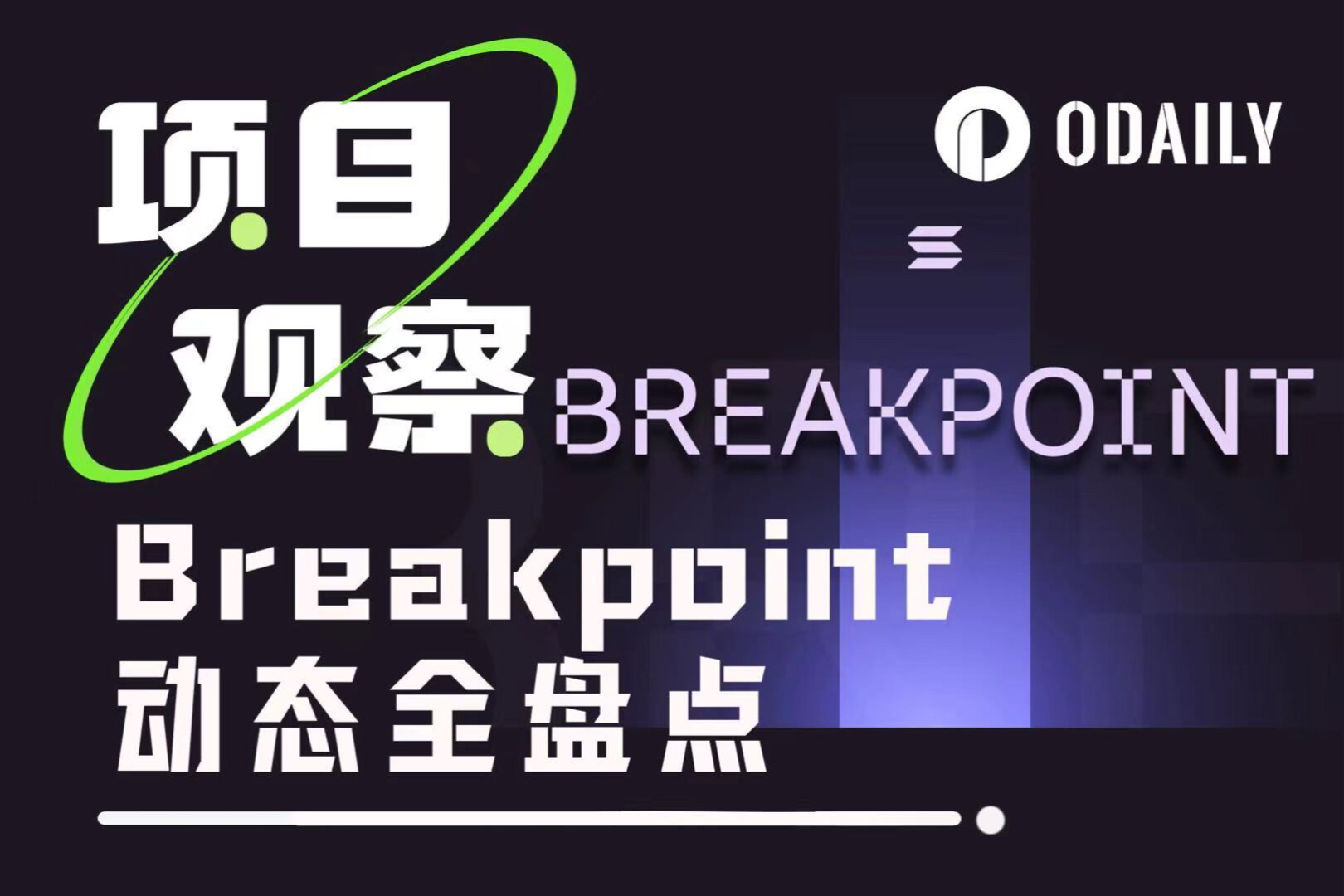Privacy New Trend? Aztec and Nym collaborate to create a full-stack privacy solution
On June 28th, Aztec announced on Twitter that they will be introducing Nym's Mixnet mix network in Layer 2 to enhance user privacy. (For detailed information, please see: Aztec Official Twitter)
Friends who are familiar with privacy might be puzzled. Aztec itself is already a Layer 2 project known for privacy, so why introduce Nym's Mixnet mix network? Is it a collaboration between backers or a new path for privacy project development?
From a positioning perspective, Aztec is a Layer 2 solution with privacy as its core. Its Plonk zero-knowledge proof system has been highly praised in the industry, and the project has attracted capital investment from prominent investors such as Paradigm and a16z.
Nym is a project in the privacy field that protects metadata privacy. It has investments from Binance Labs, a16z, and Polychain. Nym's Mixnet is a mix node network. When routing messages or data, the mix node network makes it impossible to associate them based on time, metadata, and input/output.
From the basic introduction of the two projects, it can be seen that Nym and Aztec have different subdivisions in the privacy field, and there is no overlap between them. However, Odaily consulted with the person in charge of Nym and learned that both Nym and Aztec are core members of UPA (Universal Privacy Alliance). Therefore, the collaboration between Aztec and Nym is gradually becoming clear - Aztec's introduction of Nym's mix network will provide comprehensive protection for users or developers' on-chain activities, further strengthening privacy features, and filling in the gaps in Aztec's privacy functionality.
sp;Blank for metadata privacy.Currently, most privacy coins and privacy public chains in Web3 focus on protecting the privacy of on-chain data. In simple terms, the on-chain data of users is hidden, and the specific values of account actions or account balances in the privacy network are unknown. However, this kind of privacy is one-sided and mainly targets less technically knowledgeable participants. People who understand the technology can still obtain the desired information through metadata (such as addresses and IP addresses).
Let's take an example. Suppose User A wants to send a Bitcoin payment to User B but doesn't want to be discovered by others (although Bitcoin is a cryptocurrency, the metadata of the sender, including IP addresses, transaction time, location, and transaction recipients, is exposed during the transaction). By using the Nym network, users can achieve this requirement. The transaction process is as follows: User A - Nym network - broadcast to miners - User B. The entire transaction process is encrypted between User A and the Bitcoin network.
From the perspective of privacy, Aztec and Nym undoubtedly complement each other and provide comprehensive protection to users' privacy, as well as privacy convenience for developers. From the project's perspective, the collaboration not only enhances the richness of information in the Mixnet network, which is beneficial for "hiding clues," but also improves the income of network nodes and the privacy of the mixed network. This collaboration promotes the development of Nym.
However, even before this collaboration, users with related full-stack privacy needs could achieve metadata privacy protection through Tor and then interact with privacy chains, with little difference in the final result. Therefore, the privacy solutions proposed by Aztec and Nym collaboration are not unique in the industry.
In addition, strengthening user privacy through the concatenation of technical links will also increase transaction propagation time. When users choose to strengthen metadata privacy protection through Nym's Mixnet network, there will be a certain waiting time. Whether this will affect the smoothness of user or project operations needs to be observed after the solution is implemented.



